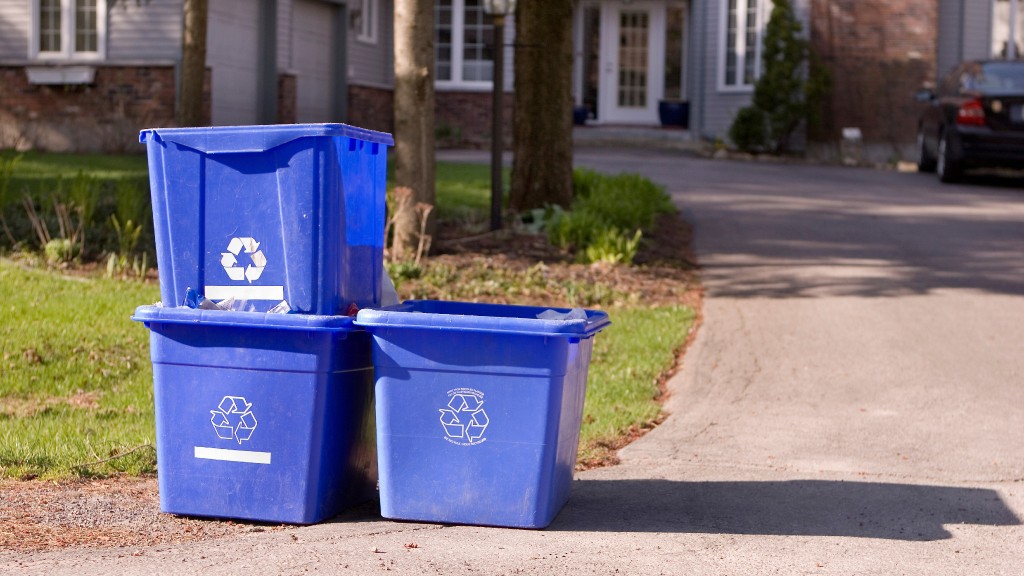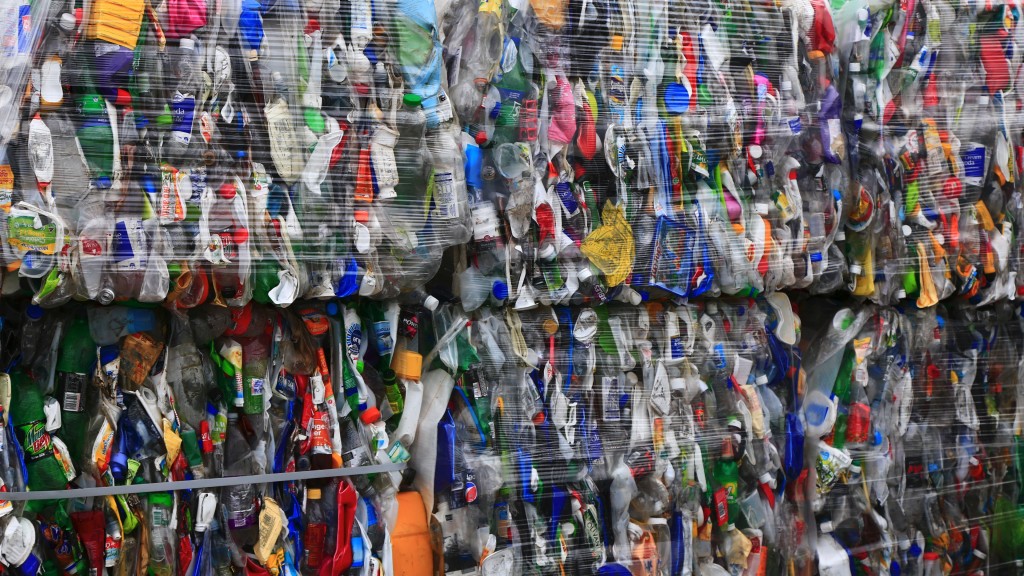Letter from the Editor: Is it time to say goodbye to the chasing arrows?

The push for clearer recycling instructions on product packaging has been ongoing. Even when consumers try to recycle, they are often perplexed by the mixed messages and vague instructions stamped on products. This confusion has an immense impact on recyclers down the line, underscoring the urgent need for standardized and transparent labelling practices.
Universally recognized as a symbol of recyclability, the iconic chasing arrows recycling logo – sometimes called a Möbius loop – has often been at the forefront of this debate. For many, seeing this symbol on a product means that the item can be recycled. However, this is not always the case and this symbol can be misleading. While the three arrows represent "reduce, reuse, recycle," this doesn't actually mean that all three apply. In some cases, the logo is only meant to signify that the item is made from recycled materials, not that it's recyclable. This has led many consumers to believe that all products bearing the logo are completely recyclable, when it actually comes down to the capabilities of local recycling facilities and the demand for certain materials.
The chasing arrows logo further complicates matters when it comes to plastics, which are already notoriously hard to recycle. In the United States, less than six percent of plastics are recycled each year. The number inside the arrows indicates the type of plastic used to make the product, but doesn't guarantee recyclability, especially for resin identification codes three through seven which don't generally have end markets or are expensive to process.
Some countries are starting to take proactive steps to address this issue. The Government of Canada, for example, introduced rules last year that prohibit the use of the chasing arrows symbol on plastic products unless 80 percent of Canada's recycling facilities accept and have end markets for the materials. Ideally, these rules will improve plastic packaging design, generate higher-quality recycled plastics, and enhance public participation in recycling. The Canadian government has also proposed regulating terms such as "compostable" and "biodegradable" in the labelling of plastic packaging.
Across the border, the U.S. Environmental Protection Agency recently called for the removal of the logo from certain classes of plastics, a move aimed at reducing misleading claims on packaging. Ahead of this, the state of California has already enacted a law that limits the use of the logo, as well as other advertising and labelling restrictions for manufacturers.
As the recycling industry grapples with the need for clearer and more accurate recycling instructions, the future of the chasing arrows logo hangs in the balance. While widespread change can be challenging, it's essential to use clear labelling practices to ensure that recycling remains viable. In the quest for a more environmentally responsible world, the evolution of recycling symbols is a crucial step in the right direction.


